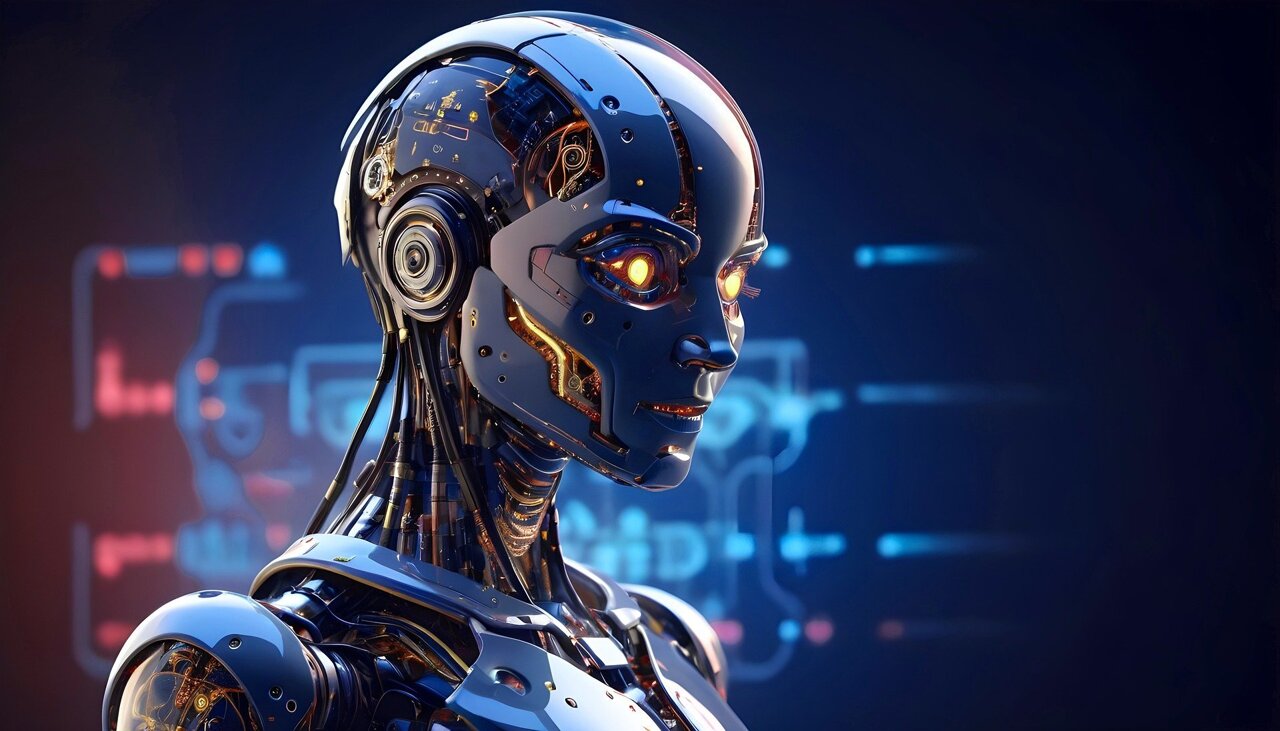Just a decade ago, Artificial Intelligence was still treated like a futuristic dream — the kind of thing you’d see in a sci-fi movie but not in everyday life. Fast forward to the mid-2020s, and AI has quietly embedded itself into everything from personal productivity apps to large-scale industrial systems. What once felt like speculative fiction is now a daily, invisible companion guiding how we work, shop, communicate, and even make decisions.
Whether you’re unlocking your phone with facial recognition, streaming a perfectly curated playlist, or getting a same-day delivery optimized by predictive algorithms, AI and Machine Learning are at the core. For those curious about the mechanics behind this transformation, an AI Course with Machine Learning offers an in-depth look at the technologies quietly driving these modern conveniences.
How AI Went Mainstream
The turning point for AI adoption wasn’t just technical capability — it was accessibility. Cloud computing, open-source frameworks, and vast datasets made it possible for businesses of all sizes to leverage AI tools without massive upfront costs. At the same time, consumer expectations shifted. People began demanding personalized, instant, and seamless experiences, and AI became the key to delivering them.
In healthcare, AI now assists doctors by analyzing medical scans in seconds. In agriculture, it predicts crop diseases before they spread, helping farmers protect yields. In finance, it flags suspicious transactions before fraud occurs. And in education, AI tailors learning materials to each student’s pace and style.
The common thread? AI is no longer experimental — it’s operational. It’s not replacing every human task but augmenting human ability, enabling people to work smarter, not just faster.
The Machine Learning Advantage
Machine Learning is the secret ingredient that allows AI to evolve beyond pre-programmed rules. By learning from data, ML models improve over time, adapting to new situations without the need for constant manual updates.
Supervised learning is used for targeted tasks like medical diagnosis or product categorization, while unsupervised learning uncovers hidden structures in massive datasets, such as detecting market trends before they become obvious. Reinforcement learning, inspired by how humans learn through trial and error, enables systems like autonomous vehicles to make split-second decisions in complex environments.
This adaptability has made ML the engine of AI’s rapid progress. The more data it processes, the more accurate and efficient it becomes, creating a self-reinforcing cycle of improvement.
Looking Toward the Future
The next stage of AI’s evolution will bring technologies that feel as transformative as the smartphone did in the 2000s. Imagine personal AI tutors available 24/7, predictive healthcare that spots illnesses before symptoms appear, or autonomous systems managing entire factories with minimal oversight.
But with this power comes responsibility. Questions of bias, transparency, and ethical use will define how AI shapes our societies. Professionals who understand both the technical and human dimensions of these systems will be the ones steering their development toward positive outcomes.
Learning through an AI with machine learning online course can prepare individuals to not only work with AI but also shape its future responsibly. As the 2020s continue, AI and Machine Learning will not remain background technologies — they will be active partners in nearly every part of our lives. The sooner we learn to work alongside them, the better we can shape the story they’re writing.
Keep an eye for more latest news & updates on Tribune!



